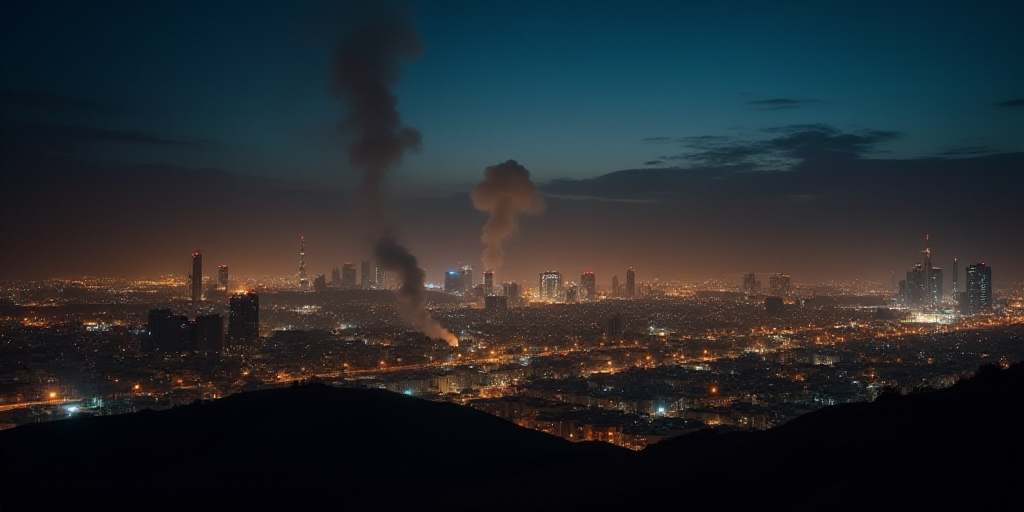Background on Key Players and Context
The recent tragic events in Gaza involve Israeli airstrikes and fire that have resulted in the deaths of at least 35 Palestinians. The majority of these fatalities occurred near a humanitarian aid distribution center managed by the Gaza Humanitarian Fund (GHF), which is supported by the United States. The GHF began distributing food packages in Gaza at the end of May, implementing a new model of aid distribution that has been criticized for its lack of impartiality and neutrality by the United Nations.
Who is Hamas and Why are They Relevant?
Hamas, the de facto governing authority in Gaza since 2007, has been accused by Israel of diverting humanitarian aid. In response to these allegations, Hamas has denied the claims and accused Israel of using hunger as a weapon of war, turning aid distribution sites into deadly traps for innocent civilians.
Key Incidents and Developments
Saturday’s Tragic Events:
- At least 35 Palestinians were killed in airstrikes and fire across Gaza, according to local health authorities.
- The majority of fatalities occurred near the GHF’s aid distribution center, managed by the Fundación Humanitaria de Gaza.
- Medical personnel from Al-Awda and Al-Aqsa hospitals reported that at least 15 people died while attempting to reach the GHF’s aid distribution site near the Netzarim corridor.
- The remaining fatalities resulted from separate airstrikes throughout the Gaza Strip.
- Neither the Israeli military nor the GHF have commented on these incidents as of Saturday.
GHF’s Aid Distribution and Controversy:
- The GHF started distributing food packages in Gaza at the end of May, implementing a distribution model criticized for its lack of impartiality and neutrality by the United Nations.
- As of Saturday, at least 274 people have died and over 2,000 have been injured near aid distribution points since the GHF began operating in Gaza, according to the Gaza Health Ministry.
- Hamas has denied Israeli accusations of diverting aid and accused Israel of using hunger as a weapon of war, turning aid distribution sites into deadly traps for innocent civilians.
Additional Saturday Developments:
- Gaza’s Shifa Hospital health officials reported that Israeli fire killed at least 12 Palestinians who gathered to wait for aid along the coastal road north of Gaza, raising Saturday’s death toll to at least 35.
- The Israeli military ordered residents of Jan Yunis, Abassan, and Bani Suhaila in southern Gaza to leave their homes and head west towards a designated humanitarian zone, claiming they would use force against “terrorist organizations” in the area.
Historical Context of the Gaza Conflict
The ongoing conflict in Gaza began 20 months ago following a militant attack led by Hamas on Israel, resulting in 251 hostages taken and the deaths of approximately 1,200 people, mostly civilians, on October 7, 2023 – the deadliest day for Israel.
- Since then, the Israeli military campaign has resulted in nearly 55,000 Palestinian deaths, mostly civilians, according to Gaza health authorities.
- The densely populated Gaza Strip, home to over two million people, has experienced significant destruction and displacement.
- Widespread malnutrition is prevalent in the region due to the ongoing conflict.
Key Questions and Answers
- Who is involved in the conflict? The primary parties are Israel and Hamas, with the United Nations and other international organizations monitoring the situation.
- What is the Gaza Humanitarian Fund (GHF)? The GHF is a humanitarian organization that distributes aid in Gaza, supported by the United States. It has been criticized for its distribution model’s lack of impartiality and neutrality.
- What is the current state of the conflict? The conflict has resulted in significant loss of life, displacement, and widespread malnutrition among the Gaza population.






